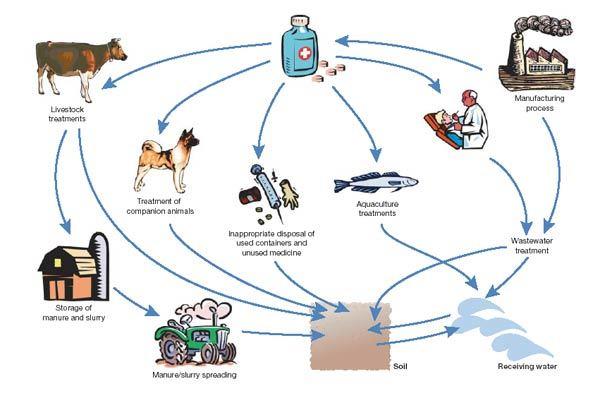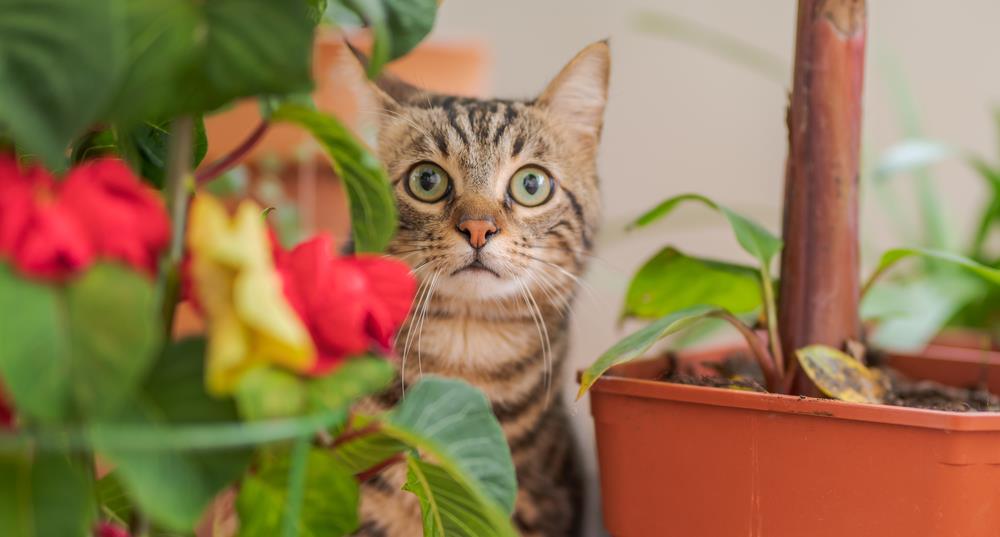Understanding the Impact of Pet Care on the Environment
Many pet care practices have significant environmental effects that often go unnoticed. The food we feed our pets, the waste they produce, and even the toys we buy for them can have a profound impact on our planet. Studies have shown that the carbon pawprint – a term coined to signify the environmental impact of pet ownership – can be quite substantial.
Exploring the Carbon Pawprint Concept
The carbon pawprint concept is an effective way to understand the environmental effects of pet ownership. It measures the total greenhouse gas emissions caused directly or indirectly by a pet during its lifetime. This includes everything from the pet’s food production to the disposal of its waste. By understanding and reducing our pets’ carbon pawprints, we can make a significant contribution to environmental sustainability.
Choosing a Pet Conducive to Your Environment
Choosing a pet that suits your environment is a key responsibility for any potential pet owner. Factors such as the size of the pet, its breed, and your lifestyle should be taken into account when making this decision. Choosing a breed that is compatible with your lifestyle and home environment is crucial to ensure a healthy and happy life for your pet.
Moreover, it’s also important to consider the impact of your pet on local wildlife and ecosystems. Before introducing a pet to your home, research about the local wildlife and how your pet might interact with them. This is essential to prevent any potential harm to local ecosystems.
Adopting Pets from Shelters
Adopting a pet from a shelter can be a rewarding experience. Not only do you provide a home for an animal in need, but many shelters also take the time to match the right pet with your lifestyle and environment.
Eco-Friendly Pet Food Options: A Sustainable Choice
With the rise of environmental concerns, the impact of pet food production has become a critical issue. The pet food industry contributes significantly to greenhouse gas emissions and deforestation due to its reliance on meat. Studies suggest that by shifting towards more sustainable pet food options, owners can reduce their pets’ environmental paw print.
Feeding Pets a Balanced Plant-Based Diet
While not suitable for all pets, some can thrive on a balanced plant-based diet. This can minimize their carbon footprint. However, it is essential to consult with a vet to ensure the diet meets all nutritional needs.
Reducing Pet Food Waste
Ensuring proper portion control can help limit food waste, and unused food can often be composted.
Green Pet Grooming and Hygiene Practices
Many pet owners aren’t aware of the significant environmental impact of traditional pet grooming products. Most contain harmful ingredients like phosphates, parabens, and artificial fragrances that can harm both your pet and the planet. When washed down the drain, they can pollute our waterways and harm aquatic life.
Consider switching to natural, non-toxic grooming products.
Eco-friendly Alternatives for Pet Waste Disposal
Traditional pet waste disposal methods often involve plastic bags that contribute to landfill waste. For cat owners, consider switching to a sustainable cat litter which is made from natural corn and can be composted.
The Ecological Impact of Pet Toys and Accessories
As pet owners, our responsibility goes beyond providing comfort and care for our pets. We also need to consider the environmental footprint of the pet toys and accessories we purchase. Many such items are made from non-degradable materials, contributing significantly to global pollution and waste.
Sustainable Pet Product Recommendations
Fortunately, there are sustainable alternatives available. Look for pet toys and accessories made from biodegradable or recyclable materials.
DIY Eco-Friendly Pet Toy Ideas
Another way to ensure sustainability is by making your pet toys and accessories. There are numerous DIY ideas online, utilizing recyclable materials you likely have around the house.
Minimising Pet-Related Energy Consumption
Keeping pets can surprisingly contribute to our overall energy use. Heating pet spaces, illuminating tanks or cages, and operating pet care gadgets are just a few examples. But don’t worry, there are ways to ensure your beloved pet has everything they need without skyrocketing your energy consumption.
Energy-Efficient Pet Care Tips
- Take advantage of outdoor playtime. This not only conserves energy but also provides your pets with essential exercise and mental stimulation.
- Utilise natural light as much as possible for indoor pets. It’s healthier for them and saves on lighting costs.
- Opt for energy-efficient pet care gadgets. There are plenty of options in the market that can help reduce your energy usage.
By making these simple changes, you can provide great care for your pets while also reducing your carbon footprint.
Responsible Pet Health Care and Medication
When discussing eco-friendly pet care, it’s vital to recognise the significant impact that pet medications and health care waste have on our environment. Improper disposal of pet medication leads to toxic chemicals entering our waterways, causing harm to marine life and ecosystems.

Natural Remedies and Preventative Care
As responsible pet owners, we can mitigate this impact by considering natural remedies and preventative care. For instance, a balanced diet, regular exercise, and mental stimulation can keep pets healthy, reducing the need for medication.
Proper Disposal of Pet Medication
Lastly, it’s paramount that we dispose of pet medication responsibly. Unwanted medication should never be flushed down the toilet or thrown in the rubbish bin. Instead, return them to your vet or a Return Unwanted Medicines (RUM) project pharmacy. This ensures they are disposed of safely, minimising their environmental impact.
Engaging in Eco-Friendly Pet Activities
Embracing a green lifestyle extends beyond our actions, to include our pets too. Engaging in eco-friendly pet activities promotes fitness and environmental conservation, while also teaching children about nature and sustainability.
Ideas for Outdoor Activities
Try pet-friendly hiking in local parks, ensuring you adhere to designated trails to minimise ecosystem disruption. Consider incorporating toys made from recycled materials to enhance the fun. Not only will your furry friend benefit from the physical exercise, but it’s also a great opportunity for children to learn about local flora and fauna.

The Role of Pets in Sustainability Education
Pets can provide valuable lessons to children about nature and sustainability. By modelling responsible pet ownership, such as picking up after your pets and respecting wildlife, you instil green values in the younger generation.
Minimising Disturbance to Wildlife
When enjoying outdoor activities, it’s crucial to minimise disturbance to wildlife. Keep pets on leashes in wildlife-rich areas, avoid nests or dens, and never allow pets to chase native animals. This simple act of respect contributes significantly to environmental conservation.
By integrating these eco-friendly pet activities into your routine, you can enrich your pet’s life whilst promoting a healthier planet.
.
Guide to Eco-friendly Pet Care
Related posts
Recent Posts
- Pet Emergency Preparedness: Ensuring Your Furry Friend’s Safety in a Crisis
- The Importance of Pet Vaccinations: Protecting Your Furry Friends
- Kitten Feeding Guide: Essential Tips for New Cat Owners
- Dangerous Pets: What You Need to Know Before Bringing One Home
- Understanding Pet Loss Grief: Coping with the Loss of a Beloved Animal Companion


